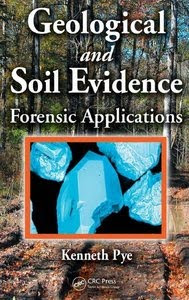
Trevor Day "Oceans – Biomes of the Earth"
Published by Chelsea House Publications | Publication date : April 2006 | ISBN : 0816053278 | PDF | 273 pages | English | 16.2 MB
Published by Chelsea House Publications | Publication date : April 2006 | ISBN : 0816053278 | PDF | 273 pages | English | 16.2 MB
The oceans are teeming with life of all kinds. Changing sea levels, plate tectonics, chemical cycling, sedimentation, and the atmosphere greatly impact these habitats. The ocean's currents and sea level are tied closely to weather patterns and in turn to such issues as global warming and El Nino.
"Oceans" provides a complete overview of the ecosystem that exists in these bodies of water. From the coastal wetlands to the deep ocean waters, the geography, geology, chemistry, and physics of oceans are thoroughly examined in this volume.
Today, the impact that human use of ocean resources has on these habitats, including habitat loss and overharvesting, is in constant debate. "Oceans" looks at these possible threats and concludes with a balanced look at the ways to manage the oceans, as well as the future of this ecosystem.
"Oceans" provides a complete overview of the ecosystem that exists in these bodies of water. From the coastal wetlands to the deep ocean waters, the geography, geology, chemistry, and physics of oceans are thoroughly examined in this volume.
Today, the impact that human use of ocean resources has on these habitats, including habitat loss and overharvesting, is in constant debate. "Oceans" looks at these possible threats and concludes with a balanced look at the ways to manage the oceans, as well as the future of this ecosystem.


